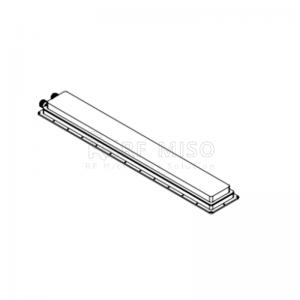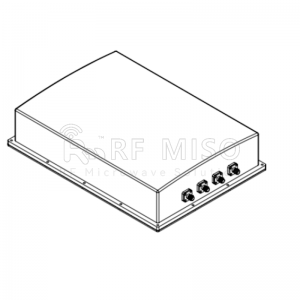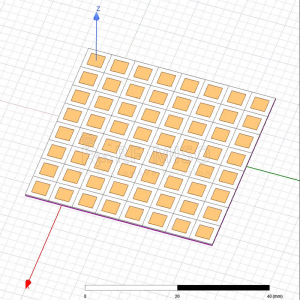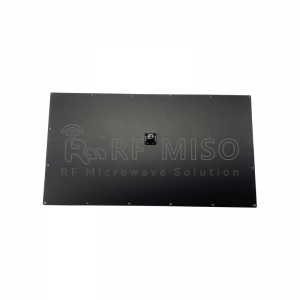Microstrip antenna is a new type of microwave antenna that uses conductive strips printed on a dielectric substrate as the antenna radiating unit. Microstrip antennas have been widely used in modern communication systems due to their small size, light weight, low profile, and easy integration.
How microstrip antenna works
The working principle of microstrip antenna is based on the transmission and radiation of electromagnetic waves. It usually consists of a radiation patch, dielectric substrate and ground plate. The radiation patch is printed on the surface of the dielectric substrate, while the ground plate is located on the other side of the dielectric substrate.
1. Radiation patch: The radiation patch is a key part of the microstrip antenna. It is a slender metal strip responsible for capturing and radiating electromagnetic waves.
2. Dielectric substrate: The dielectric substrate is usually made of low-loss, high-dielectric-constant materials, such as polytetrafluoroethylene (PTFE) or other ceramic materials. Its function is to support the radiation patch and serve as a medium for electromagnetic wave propagation.
3. Ground plate: The ground plate is a larger metal layer located on the other side of the dielectric substrate. It forms capacitive coupling with the radiation patch and provides the necessary electromagnetic field distribution.
When the microwave signal is fed into the microstrip antenna, it forms a standing wave between the radiation patch and the ground plate, resulting in the radiation of electromagnetic waves. The radiation efficiency and pattern of a microstrip antenna can be adjusted by changing the shape and size of the patch and the characteristics of the dielectric substrate.
RFMISO Microstrip Antenna Series Recommendations:

RM-DAA-4471(4.4-7.5GHz)

RM-MPA1725-9(1.7-2.5GHz)

RM-MA25527-22(25.5-27GHz)

RM-MA424435-22(4.25-4.35GHz)
The difference between microstrip antenna and patch antennaPatch antenna is a form of microstrip antenna, but there are some differences in structure and working principle between the two:
1. Structural differences:
Microstrip antenna: usually consists of a radiation patch, a dielectric substrate and a ground plate. The patch is suspended on the dielectric substrate.
Patch antenna: The radiating element of the patch antenna is directly attached to the dielectric substrate, usually without an obvious suspended structure.
2. Feeding method:
Microstrip antenna: The feed is usually connected to the radiating patch through probes or microstrip lines.
Patch antenna: The feeding methods are more diverse, which can be edge feeding, slot feeding or coplanar feeding, etc.
3. Radiation efficiency:
Microstrip antenna: Since there is a certain gap between the radiation patch and the ground plate, there may be a certain amount of air gap loss, which affects the radiation efficiency.
Patch antenna: The radiating element of the patch antenna is closely combined with the dielectric substrate, which usually has higher radiation efficiency.
4. Bandwidth performance:
Microstrip antenna: The bandwidth is relatively narrow, and the bandwidth needs to be increased through optimized design.
Patch antenna: Wider bandwidth can be achieved by designing various structures, such as adding radar ribs or using multi-layer structures.
5. Application occasions:
Microstrip antenna: suitable for applications that have strict requirements on profile height, such as satellite communications and mobile communications.
Patch antennas: Due to their structural diversity, they can be used in a wider range of applications, including radar, wireless LANs, and personal communication systems.
In conclusion
Microstrip antennas and patch antennas are both commonly used microwave antennas in modern communication systems, and they have their own characteristics and advantages. Microstrip antennas excel in space-constrained applications due to their low profile and easy integration. Patch antennas, on the other hand, are more common in applications requiring wide bandwidth and high efficiency due to their high radiation efficiency and designability.
To learn more about antennas, please visit:
E-mail: info@rf-miso.com
Phone: 0086-028-82695327
Website: www.rf-miso.com
Media Contact
Company Name: Chengdu RF Miso Co., Ltd.
Email:Send Email
Country: China
Website: https://www.rf-miso.com/
